Shrimp are one of the most popular seafoods globally, but farmed production of the crustaceans can have a devastating effect on local habitats — and in some cases the climate. A Singapore-based start-up says it has a new planet-friendly solution for growing the food without the sea.
When along coastlines, shrimp farms can generate a steady stream of chemicals, feces and antibiotics that are pumped back into the ocean. While that is worrying enough, the industry has also been linked to global warming.
Thirty percent of the destruction of mangroves — a powerful carbon sink — and coastal land-use change in Southeast Asia have been attributed to shrimp farming, nonprofit think tank Planet Tracker said.
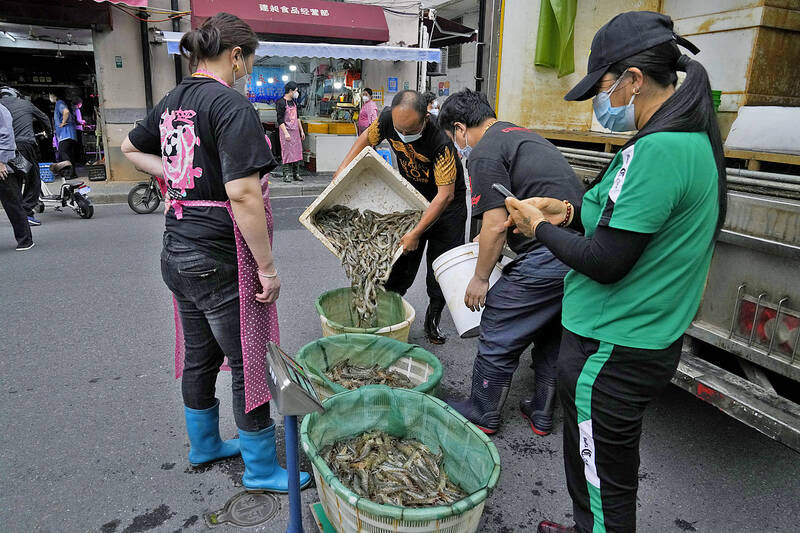
Photo: AP
Trawling for wild shrimp can affect other marine life and destabilize fragile ecosystems. By the time seafood reaches dinner plates in the US, Europe or Japan, it has often traveled thousands of kilometers from farms in Brazil, China or Thailand — racking up a hefty carbon footprint.
To that end, shrimp farming’s best future might look like a mashup of a data center and a parking garage — if Vertical Oceans has anything to do with it.
The start-up says its algorithms enable shrimp production in autonomous tanks, which it plans to stack near onshore demand centers such as Las Vegas or Tokyo, eliminating ocean discharge.
The approach produces locally grown food harvested and delivered to your doorstep the same day.
“We’re demonstrating what the future of efficient protein production could look like,” cofounder and chief executive officer John Diener said.
Vertical Oceans is the latest company aiming to develop more sustainable onshore aquaculture models for core food sources.
Land-based production of salmon, for instance, can offer ecological benefits when the fish are raised in saltwater pens because it removes the animals from natural marine habitats, eliminating the risk they can pass on viruses and parasites to wild species.
Investor appetite for food-related technology companies is surging with venture capitalists last year plowing more than US$39 billion into the sector, double the amount they financed the year before, research group Pitchbook Data Inc said.
Although more than half of that funding went to digital grocers and online marketplaces, aquaculture is poised to become a larger part of the supply chain.
Venture capital firms Khosla Ventures and SOSV invested a combined US$4 million during Vertical Oceans’ seed round in the middle of last year.
Risks for systems like the one Vertical Oceans is building are that if either the mechanical or biological system breaks down, things can go awry, said Cyr Couturier, a marine biologist and aquaculture scientist at the Fisheries and Marine Institute of Memorial University of Newfoundland in Canada.
Companies can encounter challenges when they attempt to scale up production, although Vertical Oceans’ modular design should allow it to expand in small increments, as long as it can service capital requirements, he said.
Couturier said he has seen multiple systems for salmon and shrimp production run into problems over the past decade because engineers did not understand how the organisms would interact with the facilities they built.
“Biological systems are often unpredictable over the longer term,” Couturier said in an e-mail.
Vertical Oceans’ tanks are about the size of a school bus. They aerate and recirculate the water, feed the shrimp and use macro-algae like umibudo to gobble up nitrogen, phosphorus and feces, eliminating the need to discharge waste water, Diener said.
The company does not use any chemicals or antibiotics in production and the multispecies environment results in a much healthier aquatic ecosystem.
“The reason we’re able to avoid bacterial pathogenic problems is largely because we’ve got this healthy and more balanced ecosystem,” Diener said.
There is also hope that tank-grown seafood can deliver on the most important point for most consumers: taste.
Scientists have found that ocean acidification — caused by excessive amounts of dissolved carbon dioxide — is making shellfish less appealing.
Vertical Oceans has produced about 1 tonne of shrimp so far through a proof-of-concept project on a small recreational island off the coast of Singapore and is looking to open its first commercial site in the US next year.
The company has been selling directly to consumers in Southeast Asia and supplying local eateries, including Singapore restaurant Open Farm Community.
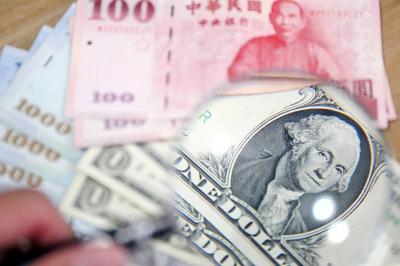
The US dollar was trading at NT$29.7 at 10am today on the Taipei Foreign Exchange, as the New Taiwan dollar gained NT$1.364 from the previous close last week. The NT dollar continued to rise today, after surging 3.07 percent on Friday. After opening at NT$30.91, the NT dollar gained more than NT$1 in just 15 minutes, briefly passing the NT$30 mark. Before the US Department of the Treasury's semi-annual currency report came out, expectations that the NT dollar would keep rising were already building. The NT dollar on Friday closed at NT$31.064, up by NT$0.953 — a 3.07 percent single-day gain. Today,
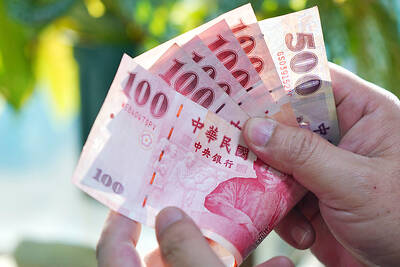
‘SHORT TERM’: The local currency would likely remain strong in the near term, driven by anticipated US trade pressure, capital inflows and expectations of a US Fed rate cut The US dollar is expected to fall below NT$30 in the near term, as traders anticipate increased pressure from Washington for Taiwan to allow the New Taiwan dollar to appreciate, Cathay United Bank (國泰世華銀行) chief economist Lin Chi-chao (林啟超) said. Following a sharp drop in the greenback against the NT dollar on Friday, Lin told the Central News Agency that the local currency is likely to remain strong in the short term, driven in part by market psychology surrounding anticipated US policy pressure. On Friday, the US dollar fell NT$0.953, or 3.07 percent, closing at NT$31.064 — its lowest level since Jan.
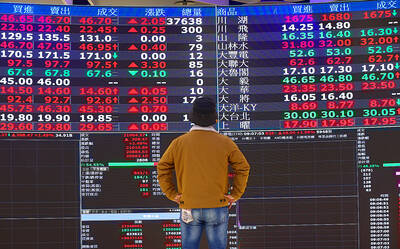
The New Taiwan dollar and Taiwanese stocks surged on signs that trade tensions between the world’s top two economies might start easing and as US tech earnings boosted the outlook of the nation’s semiconductor exports. The NT dollar strengthened as much as 3.8 percent versus the US dollar to 30.815, the biggest intraday gain since January 2011, closing at NT$31.064. The benchmark TAIEX jumped 2.73 percent to outperform the region’s equity gauges. Outlook for global trade improved after China said it is assessing possible trade talks with the US, providing a boost for the nation’s currency and shares. As the NT dollar
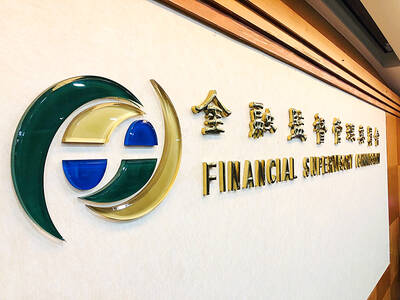
The Financial Supervisory Commission (FSC) yesterday met with some of the nation’s largest insurance companies as a skyrocketing New Taiwan dollar piles pressure on their hundreds of billions of dollars in US bond investments. The commission has asked some life insurance firms, among the biggest Asian holders of US debt, to discuss how the rapidly strengthening NT dollar has impacted their operations, people familiar with the matter said. The meeting took place as the NT dollar jumped as much as 5 percent yesterday, its biggest intraday gain in more than three decades. The local currency surged as exporters rushed to